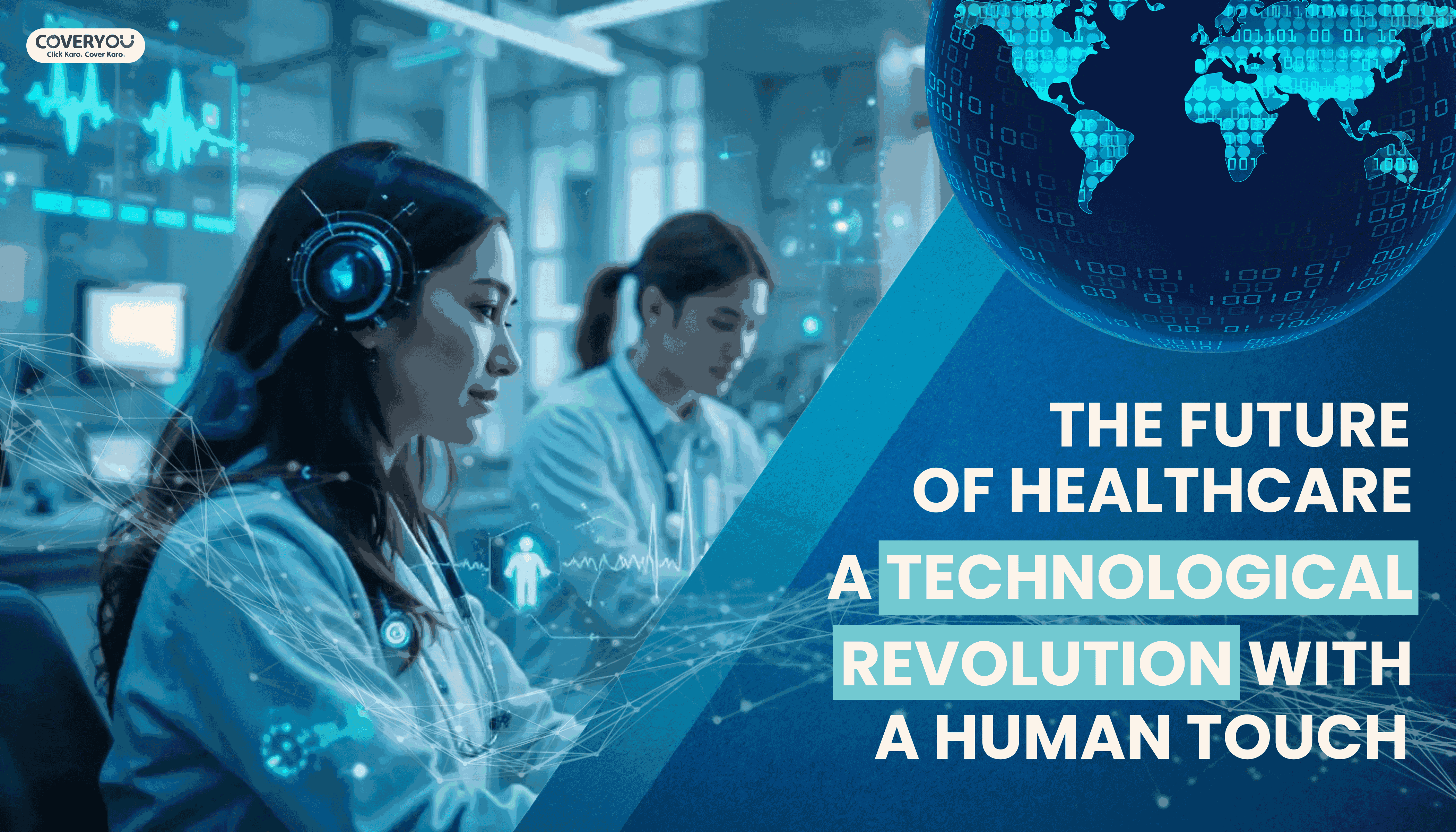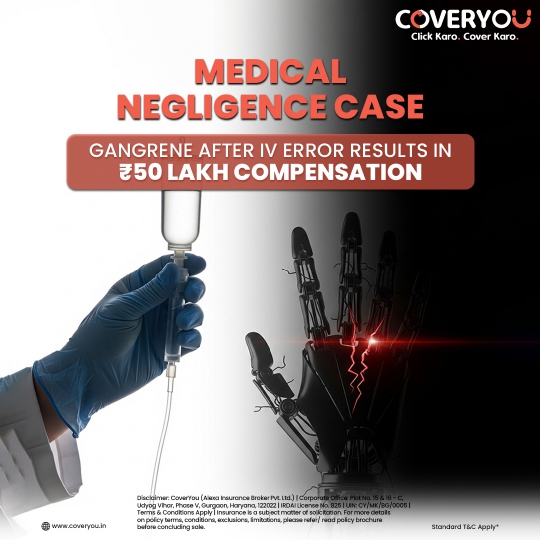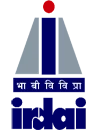In the ever-evolving world of medicine, technology has become both a beacon of hope and a cautionary tale. As doctors, you’ve seen first hand how innovation can transform patient care, streamline diagnostics, and even save lives. But with every leap forward comes shadow risks that demand our vigilance and wisdom.
Let’s dive into the innovative technologies transforming health care and the shadow we need to embrace to ensure those technologies continue to be a force for good.
1: The Brain Behind Modern Medicine “Artificial Intelligence”
Envision having thousands of patients diagnosed with faultless precision within hours. It is already happening with AI-based systems reading CT scans with staggering speed and lessening the load on radiologists. In drug discovery, machine learning is changing the face of drug development, producing faster, more affordable routes to life-saving medicines.
However, the potential of AI is not without danger. The same technology making care better can be turned against us, compromising data, leading to identity theft and abuse of sensitive healthcare information. Keeping such systems protected requires careful planning, excellent cybersecurity, and vigilance.
2: Healthcare in Your Pocket “mHealth”
Mobile health technology has empowered patients more than ever before. Health apps and wearables offer data in real time, encouraging prevention and chronic illness management. It is now possible to monitor the heartbeat, blood sugar, or oxygen levels of a patient from afar, shortening hospitalization and allowing individualized interventions. With increased access, however, comes the risk of misinformation as well as misusing data. Proper interpretation of data and respect for privacy should be topmost priorities as mHealth expands further.
3: Connecting Distances, Saving Lives “Telemedicine”
Telemedicine became a leading solution during the COVID-19 pandemic and continues to be a critical resource today. Virtual visits save time and money and deliver quality care across distances. Despite this, the lack of in-person exams and dependence on electronic interfaces can occasionally result in diagnostic issues. Striking a balance between convenience and clinical precision is key to long-term success.
4: The Internet of Medical Things (IoMT): A Web of Wellness
IoMT devices wearable ECG monitors to smart insulin pumps are redefining patient monitoring. These connected devices offer continuous information, which allows for early treatment and tailored treatment plans. However, this connectivity also creates vulnerabilities for cyberattacks. Safeguarding these networks against AI-powered malware and maintaining data integrity is of utmost importance.
5: Virtual Reality, Digital Twins, and Neural Chips “Emerging Frontiers”
Such innovations as VR-aided surgery training, digital twins for testing devices, and neural chips implanted into the brain are making the impossible possible. These technologies hold unprecedented levels of precision and rehabilitation possibilities. Yet, as we welcome these technologies, we must also champion tough safety standards and ethical scrutiny.
6: The Human Element in a Digital World
Even with the wonder of technology, it’s human touch that can’t be replicated. Compassion, intuition, and a sense of ethics must inform our application of these tools. As a healthcare provider, your duty is not merely to embrace innovation but to guide its application with wisdom and compassion.
Conclusion: A Call for Vigilance and Vision
Healthcare technology presents a universe of promise quicker diagnoses, tailored treatments, and greater access to care. But we must also protect against its abuse, keeping patient well-being at the center of each innovation. By uniting technological sophistication with human compassion and ethical awareness, we can use these technologies to create a safer, more efficient healthcare system.
Source:
https://www.news-medical.net/health/Recent-Developments-in-Health-Technology.aspx
















